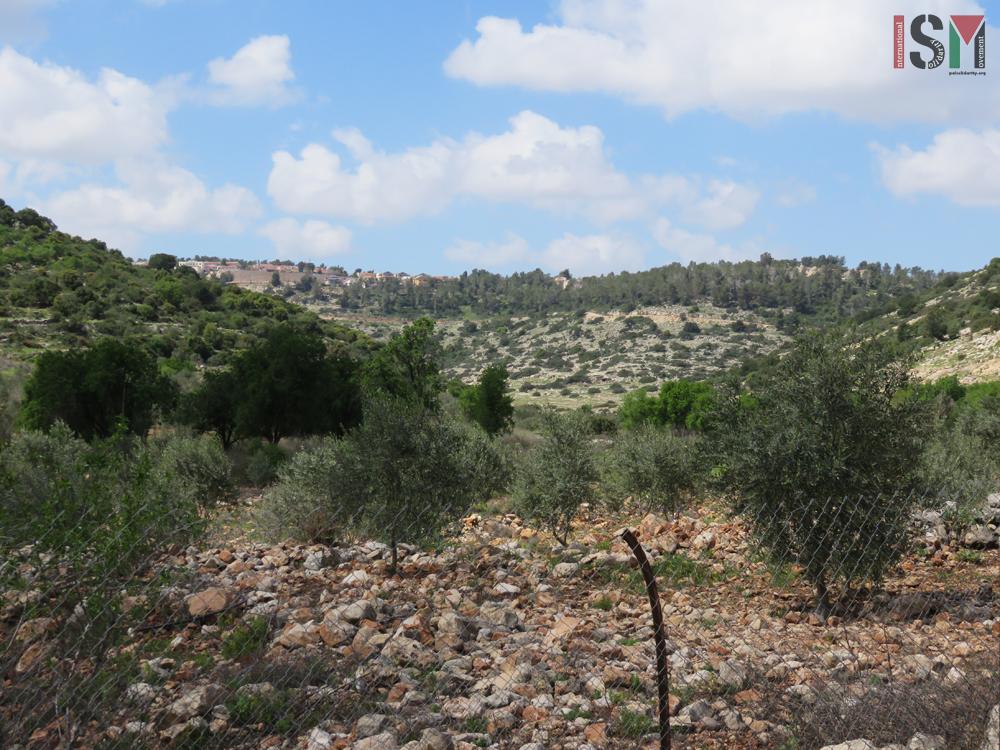Tag: Wadi Qana
-
Resistance to the destruction of olive trees in Wadi Qana
Tuesday, 17th March 2015, four farmers in the Salfit valley of Wadi Qana were issued with notices that they had 48 hours to remove their olives trees or they would be removed at their own cost. Failure to execute the orders are punishable by imprisonment, or fines up to the maximum penalty of the law.…
-
Wadi Qana farmland being polluted by settlement sewage
31 July 2010 | ISM and IWPS (International Women’s Peace Service) Wadi Qana is a valley south west of Nablus where numerous springs supply water to the surrounding Palestinian villages. Approximately 60 people live in the valley itself, and many more own land in the area in which they farm animals and cultivate both citrus…

